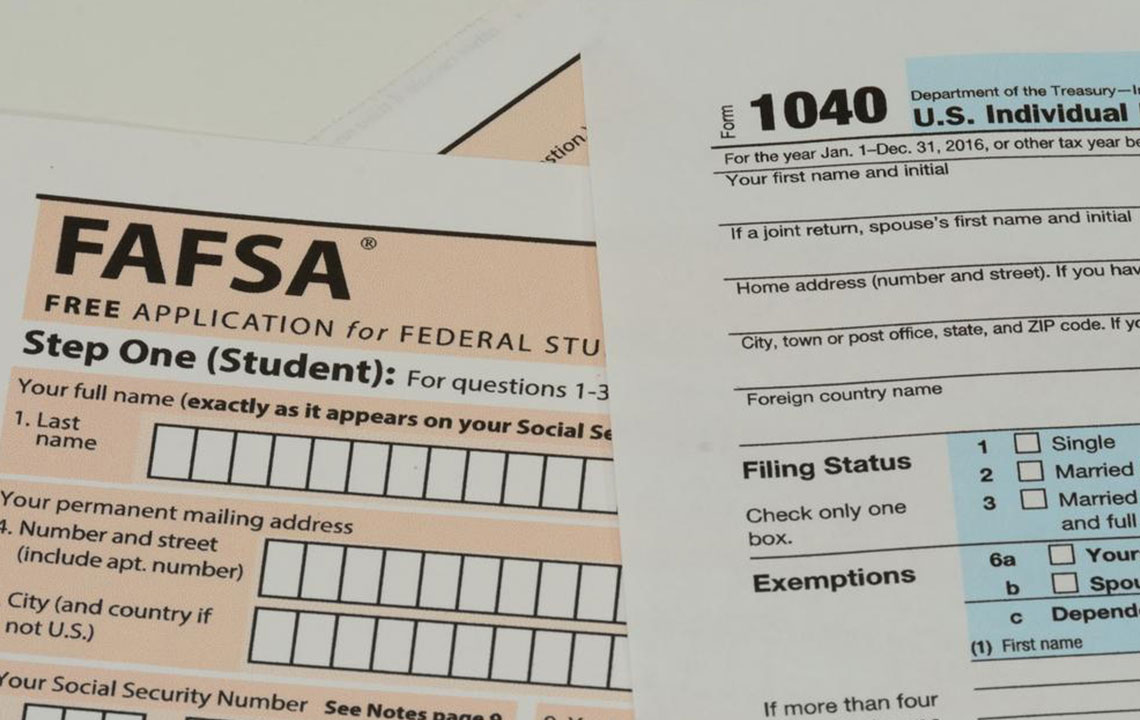Comprehensive Guide to Applying for a Pell Grant: Eligibility, Steps, and Tips
This comprehensive guide provides essential information on how to apply for a Pell Grant, including eligibility requirements, application process, deadlines, and useful tips. Designed to help students navigate federal financial aid, it emphasizes the importance of timely FAFSA submissions to secure funding. The article aims to empower students to access college financial support effectively, ensuring they make the most of available resources to fund their education without debt. It’s an invaluable resource for prospective undergraduates seeking financial aid for college.

Comprehensive Guide to Applying for a Pell Grant: Eligibility, Steps, and Tips
Embarking on your higher education journey is an exciting milestone, but the financial burden can sometimes be overwhelming. To alleviate this stress, federal financial aid options like the Pell Grant offer vital support to eligible students. If you're considering attending college soon, understanding the process of applying for a Pell Grant is essential. This guide covers everything you need to know about eligibility, application procedures, important deadlines, and useful tips to maximize your chances of receiving this valuable aid.
The Pell Grant is a federal financial assistance program designed specifically for undergraduate students showing significant financial need. Unlike student loans, the Pell Grant does not require repayment, making it an ideal financial resource for many students trying to afford their college education. The grant assists students in covering tuition fees, living expenses, textbooks, and other educational costs without the long-term debt burden associated with loans.
Understanding how to qualify and apply for a Pell Grant can significantly improve your chances of financial aid success. The key points are maintaining eligibility throughout your enrollment period and submitting a complete application on time. Below, we detail the step-by-step process to help demystify the application process and ensure you don't miss out on this crucial funding opportunity.
Step 1: Fill Out the FAFSA
The Free Application for Federal Student Aid (FAFSA) is the primary document you must complete to access federal financial aid programs, including the Pell Grant. This form collects your financial information and personal data, which determines your eligibility based on your financial need. Completing the FAFSA is the first and most critical step—without it, you cannot qualify for a Pell Grant or any other federal aid.
Filing your FAFSA is a straightforward process, offered free of charge. It can be completed online quickly, and many schools also accept paper versions if needed. Remember, submitting your FAFSA annually is necessary because eligibility and funding availability can change each year. Missing the deadline could mean missing out on potential aid, so timely submission is crucial.
Step 2: Understand the Eligibility Criteria
To qualify for a Pell Grant, you need to meet specific requirements. These include demonstrating financial need, being an undergraduate student enrolled or accepted for enrollment in a qualifying program, maintaining satisfactory academic progress, and being a U.S. citizen or eligible non-citizen. Additionally, there's a maximum Pell Grant award amount that is subject to change annually based on federal funding levels.
It's important to note that students with drug convictions or certain immigration statuses might face restrictions. Ensure you review the detailed eligibility guidelines provided by the Department of Education to confirm your qualification status.
Step 3: Collect Necessary Documents and Information
Before starting your FAFSA, gather essential documents to expedite the process. These include your Social Security Number, federal income tax returns, income records, bank statements, and records of untaxed income. Having these ready simplifies data entry and helps prevent delays in processing. If you're a dependent student, you'll also need financial information from your parents or guardians. Ensuring accuracy and completeness in your application reduces the chances of errors or delays that could jeopardize your funding opportunity.
Step 4: Submit Your FAFSA Before the Deadline
Deadlines for FAFSA submission vary by state and institution, but generally, they are at the end of June for the upcoming academic year. Some states and schools have earlier deadlines, so it's always best to check specific institutional deadlines well in advance. Early submission improves your chances of securing limited funds, especially since Pell Grants are awarded on a first-come, first-served basis.
Be proactive—complete your FAFSA as soon as possible after October 1 when the application portal opens each year. Using FAFSA's online portal allows you to track your application's progress, make corrections if needed, and receive your financial aid award letters promptly.
Step 5: Follow Up and Keep Your Eligibility Valid
After submitting your FAFSA, monitor your status and respond promptly to any requests for additional information. Once approved, you will receive a financial aid award letter detailing your Pell Grant amount and other aid options available to you.
Remember, maintaining your enrollment status and meeting academic progress standards are vital to retain your Pell Grant throughout your college tenure. Additionally, renew your FAFSA annually to continue eligibility for subsequent years and maximize your financial aid benefits.
Additional Tips for a Successful Application
- Start early: Don't wait until the last minute to submit your FAFSA. Early applications have a higher likelihood of securing funding.
Applying for a Pell Grant may seem complex initially, but with a clear understanding of the process, supporting documents, and deadlines, you can significantly improve your chances of obtaining this vital financial support. It’s about planning ahead, being diligent, and making use of available resources to help fund your education without excessive debt. Start your application early, stay organized, and stay committed to completing each step thoroughly to achieve your educational goals.





